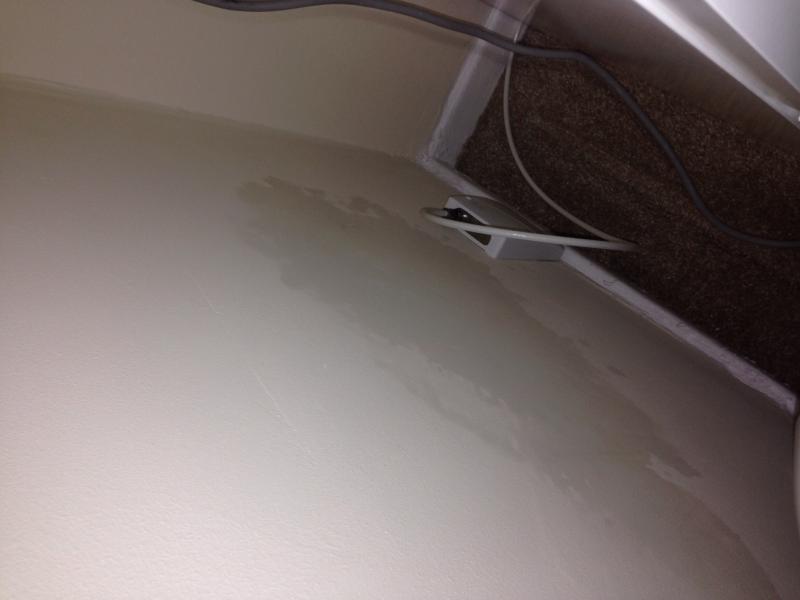Hi, I have today noticed a wet patch on my bedroom wall.
The wall is a solid wall at the front of the house, bedroom is on first floor so I'm ruling out rising damp and as it's not at the top of the wall I'm sure it's not guttering either. Currently got a portable oil filled radiator beside the patch to dry it out before it smells etc.
We do have condensation in the room due to the house having old double glazing. Haven't yet updated due to cost at this time. Bought the house in July, paid for new kitchen & bathroom plus recent storm damage at other side of house has used up our reserves, also we are expecting our new baby any week now so it's all go and this problem isn't helping.
Looking for some advice whether this is penetrating damp and what should I do?
[/img]
The wall is a solid wall at the front of the house, bedroom is on first floor so I'm ruling out rising damp and as it's not at the top of the wall I'm sure it's not guttering either. Currently got a portable oil filled radiator beside the patch to dry it out before it smells etc.
We do have condensation in the room due to the house having old double glazing. Haven't yet updated due to cost at this time. Bought the house in July, paid for new kitchen & bathroom plus recent storm damage at other side of house has used up our reserves, also we are expecting our new baby any week now so it's all go and this problem isn't helping.
Looking for some advice whether this is penetrating damp and what should I do?
[/img]


